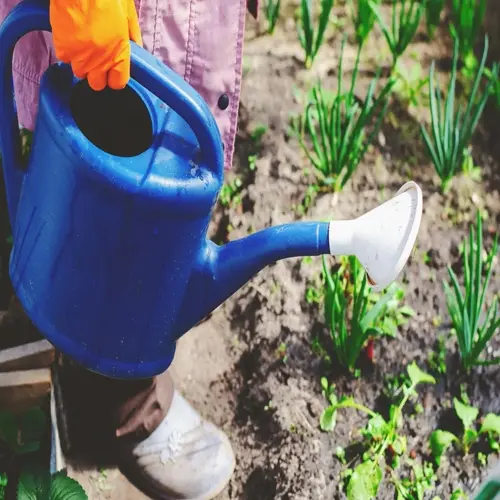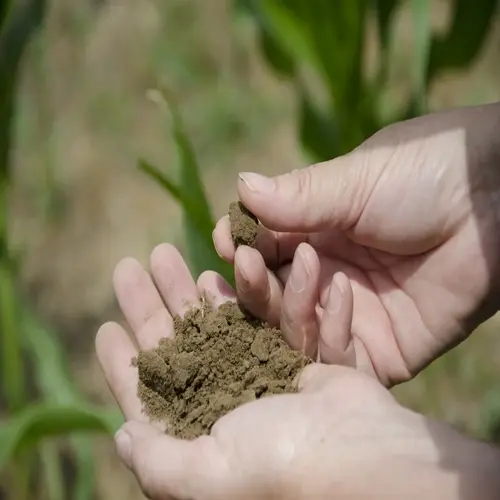What is the best way to test garden soil?

Written by
Michael Sullivan
Reviewed by
Prof. Samuel Fitzgerald, Ph.D.Garden soil testing reveals precisely what your plants need to thrive. Begin with simple DIY tests to gauge the basic soil texture. Quick tests help the home gardener determine the percentage of sand, silt, or clay in their soil. This provides a glimpse into more precise professional testing that may occur later.
Bring some well-moistened or damp soil with you and perform the squeeze test for instant texture feedback. Take a handful of moist soil and squeeze it tightly in your palm. Sandy soil will fall apart. Clay soil will hold. Loam soil will create a weak ball that crumbles apart. This is a great indicator of how your soil holds onto water and nutrients.
Jar Sedimentation Test
- Fill jar ⅓ with soil and ⅔ water
- Shake vigorously then settle 24 hours
- Measure sand/silt/clay layers for percentages
Vinegar pH Check
- Mix soil sample with distilled water
- Add vinegar observe fizz reaction
- Fizz indicates alkaline no fizz means acidic
Professional laboratory testing provides accurate readings of nutrient levels. Laboratory testing provides precise measurements of nitrogen, phosphorus, and potassium levels. Labs even test for heavy metals such as lead or arsenic. This can help eliminate the risk of contamination in edible gardens. Always use your observations for DIY lab testing.
To obtain accurate results, you must collect the samples correctly. Make sure you use clean tools and take a few subsamples. Avoid areas recently fertilized. Allow the soil to dry naturally before submitting it for analysis. Be sure to label your samples clearly, using the names of your garden locations. Collecting your samples properly will help prevent wasting time and money.
For optimal plant health, test your soil every two or three years. Testing more often helps correct any imbalances. July or August tests are best for fall planting, and fall testing is best for spring gardens. If soil needs have been met through fertilizers or organic matter, your plants will exhibit enhanced growth and increased abundance in harvest time.
Read the full article: Garden Soil Testing: Everything You Need to Know

